Linyuan Zhou
BEM: Balanced and Entropy-based Mix for Long-Tailed Semi-Supervised Learning
Apr 01, 2024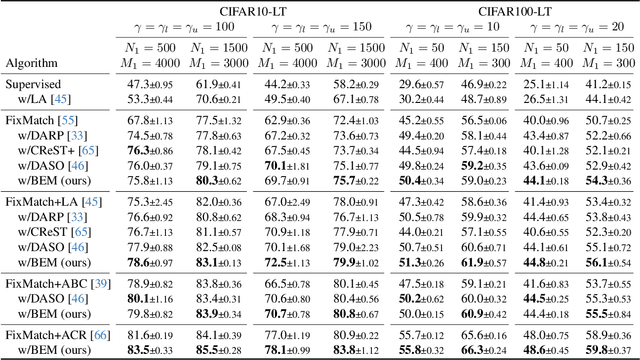
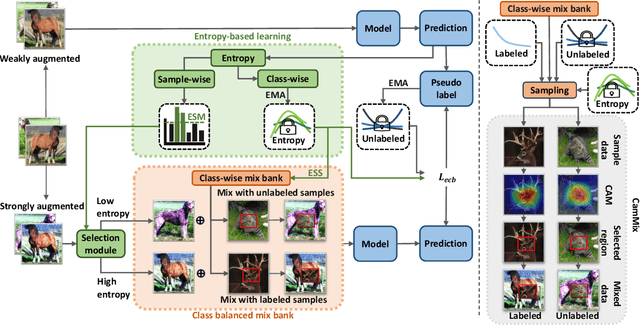

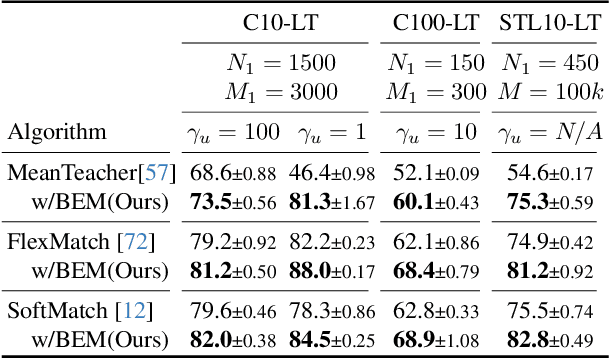
Abstract:Data mixing methods play a crucial role in semi-supervised learning (SSL), but their application is unexplored in long-tailed semi-supervised learning (LTSSL). The primary reason is that the in-batch mixing manner fails to address class imbalance. Furthermore, existing LTSSL methods mainly focus on re-balancing data quantity but ignore class-wise uncertainty, which is also vital for class balance. For instance, some classes with sufficient samples might still exhibit high uncertainty due to indistinguishable features. To this end, this paper introduces the Balanced and Entropy-based Mix (BEM), a pioneering mixing approach to re-balance the class distribution of both data quantity and uncertainty. Specifically, we first propose a class balanced mix bank to store data of each class for mixing. This bank samples data based on the estimated quantity distribution, thus re-balancing data quantity. Then, we present an entropy-based learning approach to re-balance class-wise uncertainty, including entropy-based sampling strategy, entropy-based selection module, and entropy-based class balanced loss. Our BEM first leverages data mixing for improving LTSSL, and it can also serve as a complement to the existing re-balancing methods. Experimental results show that BEM significantly enhances various LTSSL frameworks and achieves state-of-the-art performances across multiple benchmarks.
YOLOv6: A Single-Stage Object Detection Framework for Industrial Applications
Sep 07, 2022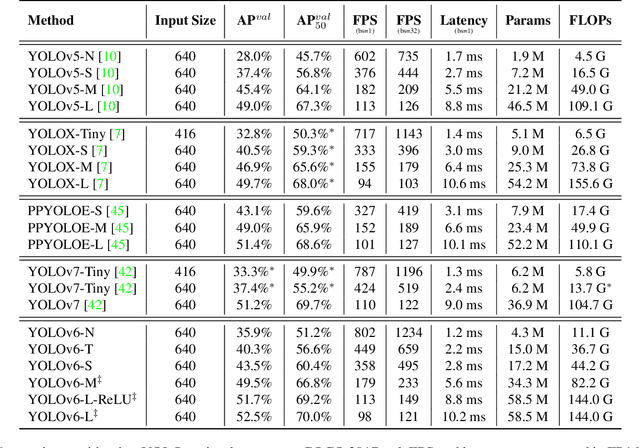

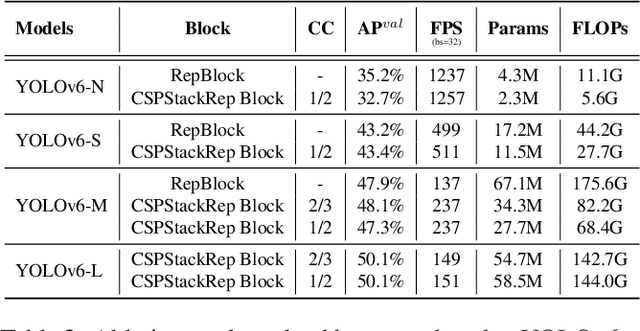
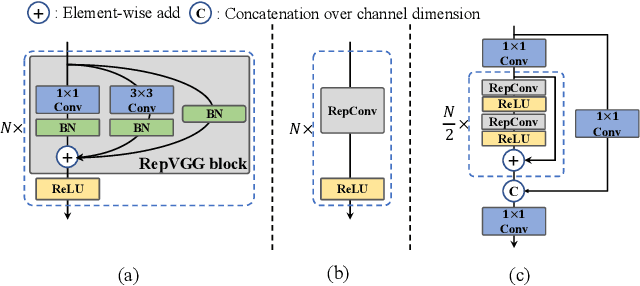
Abstract:For years, the YOLO series has been the de facto industry-level standard for efficient object detection. The YOLO community has prospered overwhelmingly to enrich its use in a multitude of hardware platforms and abundant scenarios. In this technical report, we strive to push its limits to the next level, stepping forward with an unwavering mindset for industry application. Considering the diverse requirements for speed and accuracy in the real environment, we extensively examine the up-to-date object detection advancements either from industry or academia. Specifically, we heavily assimilate ideas from recent network design, training strategies, testing techniques, quantization, and optimization methods. On top of this, we integrate our thoughts and practice to build a suite of deployment-ready networks at various scales to accommodate diversified use cases. With the generous permission of YOLO authors, we name it YOLOv6. We also express our warm welcome to users and contributors for further enhancement. For a glimpse of performance, our YOLOv6-N hits 35.9% AP on the COCO dataset at a throughput of 1234 FPS on an NVIDIA Tesla T4 GPU. YOLOv6-S strikes 43.5% AP at 495 FPS, outperforming other mainstream detectors at the same scale~(YOLOv5-S, YOLOX-S, and PPYOLOE-S). Our quantized version of YOLOv6-S even brings a new state-of-the-art 43.3% AP at 869 FPS. Furthermore, YOLOv6-M/L also achieves better accuracy performance (i.e., 49.5%/52.3%) than other detectors with a similar inference speed. We carefully conducted experiments to validate the effectiveness of each component. Our code is made available at https://github.com/meituan/YOLOv6.
 Add to Chrome
Add to Chrome Add to Firefox
Add to Firefox Add to Edge
Add to Edge